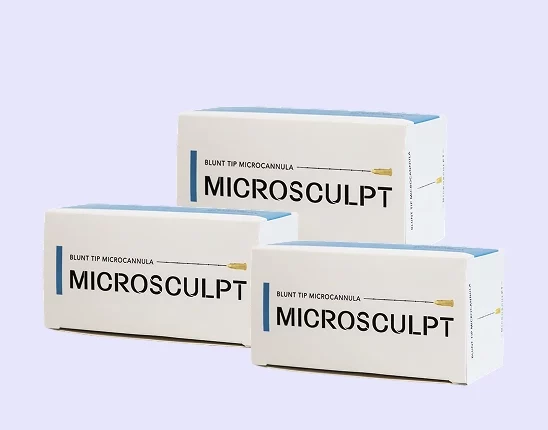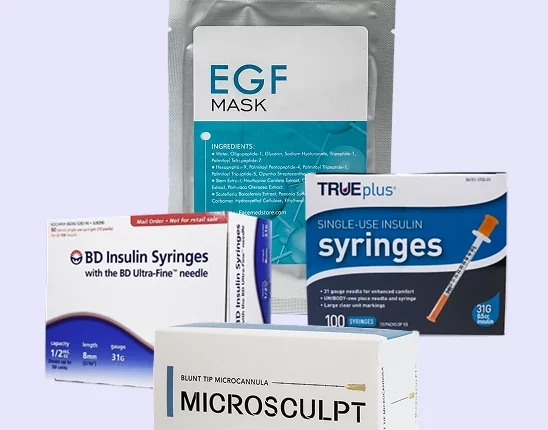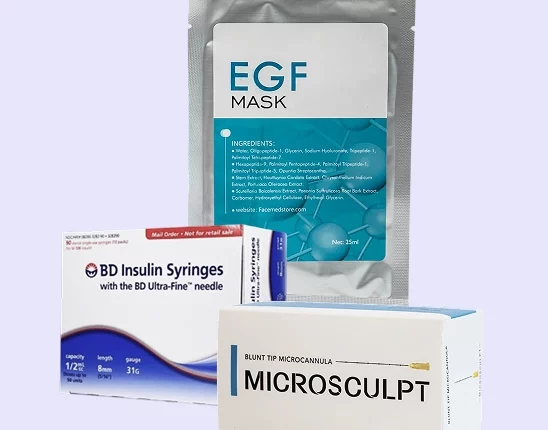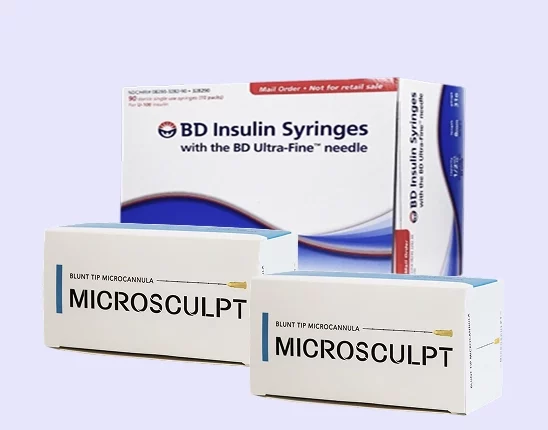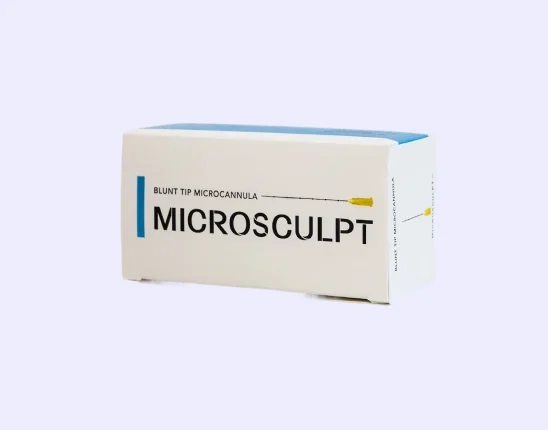Non-surgical rhinoplasty has rapidly become a favored treatment for most patients looking for a nose job. Not only does it have less downtime compared to surgical rhinoplasty, but it can give better overall results depending on the patient. One tool that makes all these benefits possible is by using a microcannula instead of a traditional sharp tip needle.
But why use a microcannula for nose fillers? Aside from their convenience and efficient delivery of dermal filler, they’re also one of the best ways to ensure that the patient doesn’t suffer from the usual adverse effects of dermal filler treatments. By cutting down on these unwanted postoperative aftercare issues, patients are more likely to be happy with both the procedures and the results of their nose fillers.
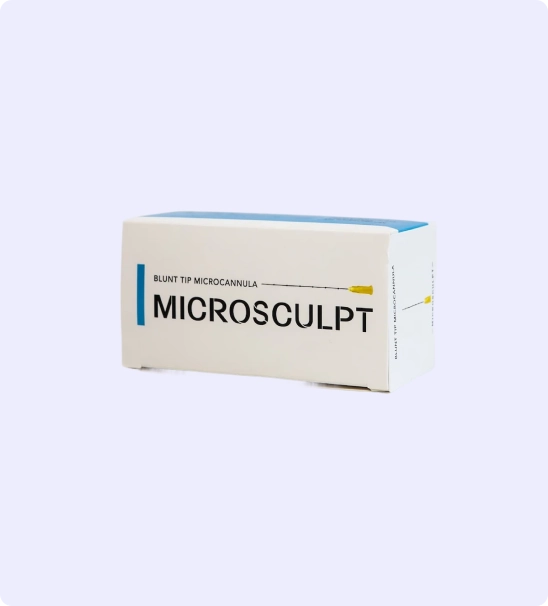
Injections Your Patients Will Love! Code “20OFF” Takes 20% off Your First Order!
Microcannulas are a tool that every great injector must master. Patients want quick results with no downtime. Our microcannulas are high quality and a fraction of the price of our competitors!
You can create an account here.
How Microcannulas Are Suitable For Cosmetic Nose Fillers
The nose and the areas around it have traditionally been somewhat difficult for dermatologists to fill since patient recovery can take a while and the area is exposed to wear and tear daily. Surgical rhinoplasty is a particularly difficult procedure to perform, mostly because of its location on the face and long postoperative care required after the treatment.
However, by using dermal fillers instead of surgical alterations, dermatologists are essentially able to shape and fill in areas of the nose with precision and without the inconvenience of cutting through the skin. By inserting filler materials at targeted sites on or around the nose, surgeons can lift and push up certain areas, contouring the nose as the patient wants.
Traditionally, these fillers would have been injected into the skin using a sharp-tip needle. The reason microcannulas were developed as an alternative is that they managed to overcome the three key problems with using sharp-tip needles:
1. Less trauma to the skin
The defining characteristic of the microcannula is that it has a blunt tip compared to the beveled edge of a traditional needle. While this does require an initial insertion point to make sure the microcannula shaft penetrates the skin, the overall design of the needle tip ensures less damage is done to the skin, muscle, and tissue while it navigates to the injection site.
This is because the blunt tip of a microcannula pushes instead of piercing through the dermal layer. This allows it to nudge aside important vascular systems and otherwise avoid overtaxing the skin by creating wounds whenever it’s applied.
Less trauma to the skin not only means that the patient is less likely to experience any of the usual swellings, bruising, bleeding, or inflammation – but it can also help the dermatologist gauge the efficacy of the procedure.
2. More flexible treatment locations
With only one entry point required, dermatologists have the freedom to fill in most areas around the nose, especially the nasolabial folds, the area near the lips, or even the intersection between the eyes and the top of the bridge. These areas are normally difficult to fill because of the sensitive skin and their proximity to important parts of the body, but the microcannula’s design helps it ignore those limitations.
More flexible treatment locations also mean that a dermatologist can adjust their angle or place of entry required if their patient has a specific facial tic or condition that would make conventional injection sites difficult. Since microcannulas can bend beneath the dermal layer, dermatologists can easily reach any of the areas around the nose from most adjacent sites on the face.
3. Better distribution of filler in the lines around the nose
Finally, the microcannula’s design also allows for easier distribution of filler material. One issue that often crops up with the use of sharp tip needles is that the skin can have unexpected reactions to the many injection sites required. This can cause the filler material to settle in unintentional ways, or for the skin to shift mid-procedure.
Because microcannulas do not deal so much trauma to the skin itself, it’s easier for dermatologists to precisely insert filler materials where it’s required, and to control the distribution better. Even if this requires an advanced study on the rheology of the dermal filler used, it ultimately leads to better results for the patient and an easier procedure to perform for the dermatologist.
Overall, microcannulas just perform better than hypodermic needles with injecting dermal fillers in the nose area. There’s less risk of pain, bruising, and discoloration for the patient, which is usually their primary concern with nose fillers.
Source Affordable And High-Quality Medical Tools And Supplies With FACE Medical Supply
-
 Microcannula Multi-Gauge Precision Set
Microcannula Multi-Gauge Precision Set -
 Microcannula Complete Injection System
Microcannula Complete Injection System -
 Microcannula Size Progression Training Kit
Microcannula Size Progression Training Kit -
 Microcannula Professional Starter Kit
Microcannula Professional Starter Kit -
 Microcannula Volume Practice Pack
Microcannula Volume Practice Pack -
 23 gauge 50 mm (2 inch) Microcannulas
23 gauge 50 mm (2 inch) Microcannulas -
 22 Gauge 100 mm (4 inch) Microcannulas.
22 Gauge 100 mm (4 inch) Microcannulas. -
 27 Gauge 38 mm (1.5 inch) Microcannulas
27 Gauge 38 mm (1.5 inch) Microcannulas -
 25 Gauge 38 mm (1.5 inch) Microcannulas
25 Gauge 38 mm (1.5 inch) Microcannulas
Microcannulas are steadily becoming the tool of choice to insert nose fillers, and dermatologists will need to start getting adept at their use if they are to keep up with the market demand. While it’s unlikely that all nose fillers from now on will default to microcannula use, practices that offer it as an option are more likely to see success in their nose filler treatments.
FACE Medical Supply specialized in the procurement and distribution of high-quality medical tools and devices like microcannulas. We pride ourselves on our commitment to customer service and expedient delivery. With our competitive prices, we help practices all around the country operate without having to worry about their bottom line with their supply chain.
For more information about us and the services we offer, visit our website today.
Read more: Why Aren’t All Injectors Using Microcannulas?
